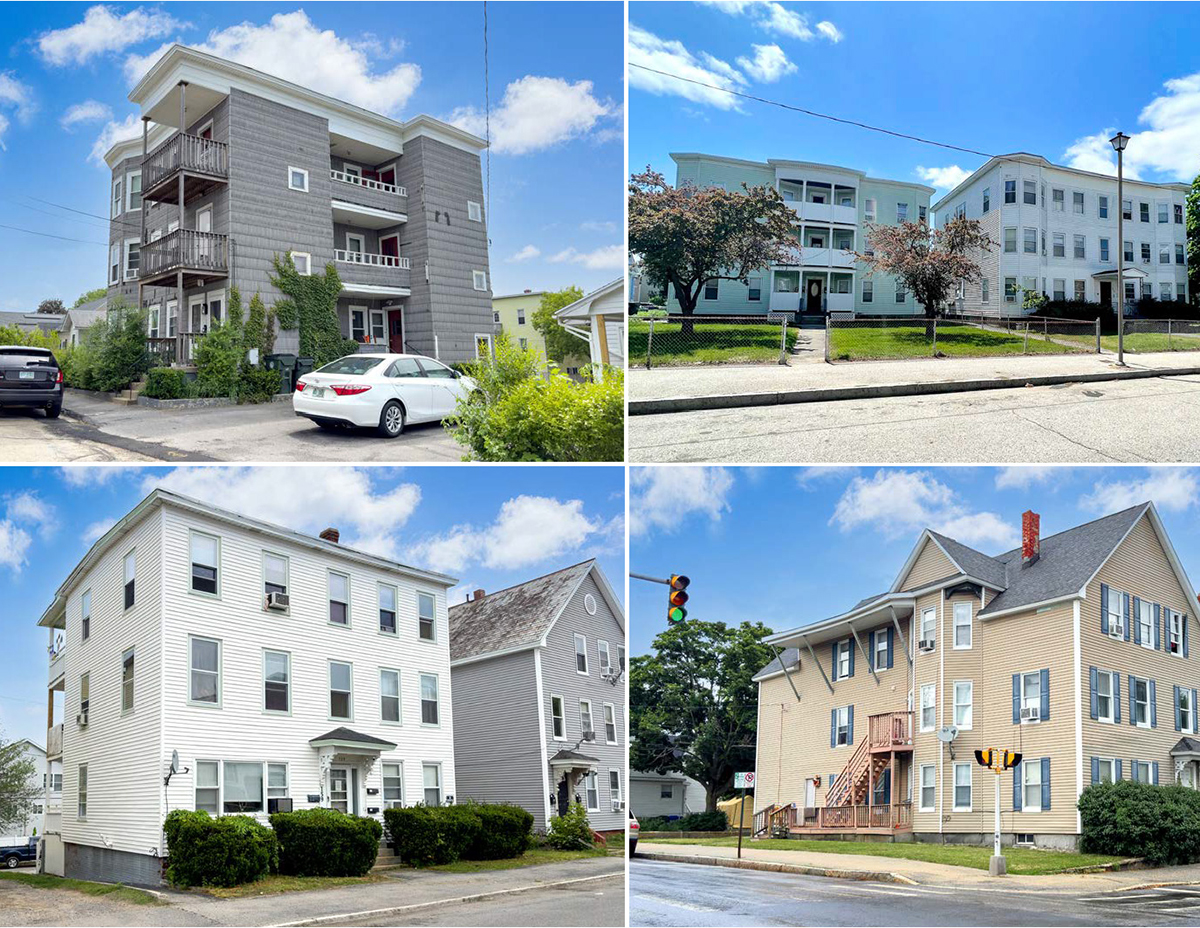Peck of Horvath & Tremblay arranges sale of
22-unit multifamily portfolio for $3.4 million

Manchester, NH William Peck of Horvath & Tremblay has arranged the sale of a 22-unit multifamily portfolio. Peck exclusively represented the seller and procured the buyer to complete the transaction at a sale price of $3.4 million. The sale represents a 7.85% cap rate and a per unit price of $154,545.
The portfolio consists of 22 units spread across five properties and consists of fifteen two-bedroom/one-bathroom units; three, three-bedroom/one-bathroom units; two, four-bedroom/one-bathroom units; one, one-bedroom/one-bathroom unit; and one, one-bedroom/one-bathroom unit with 21,540 s/f of living area in 31,853 s/f. Additionally, four of the five properties feature on-site parking with a total of 19 spaces. The portfolio has below-market rents and offers the opportunity to increase rental rates in an urban-infill, high demand/supply-constrained residential market through programmatic upgrades to the remaining unrenovated unit interiors.
The 22-unit portfolio represents a rare opportunity to acquire a critical mass of investment properties in a supply-constrained downtown market within one of southern New Hampshire’s core cities. Four of the five properties are centered around Maple St. (NH Rte. 28) in downtown. The properties are located within the city’s downtown and provide many walkable amenities (shopping, dining, and entertainment) and access to SNHU Arena, several downtown parks (Veteran’s Memorial Park, Bronstein Park, and Victory Park), the banks of the Merrimack River, and area highways. The fifth property is located across the Merrimack River in the Notre Dame neighborhood and provides access to downtown Manchester (via Granite St. and Bridge St.), the Catholic Medical Center, I-293 and US Rte. 3.
PROCON and Hitchiner break ground on 57,000 s/f shared services operations facility








